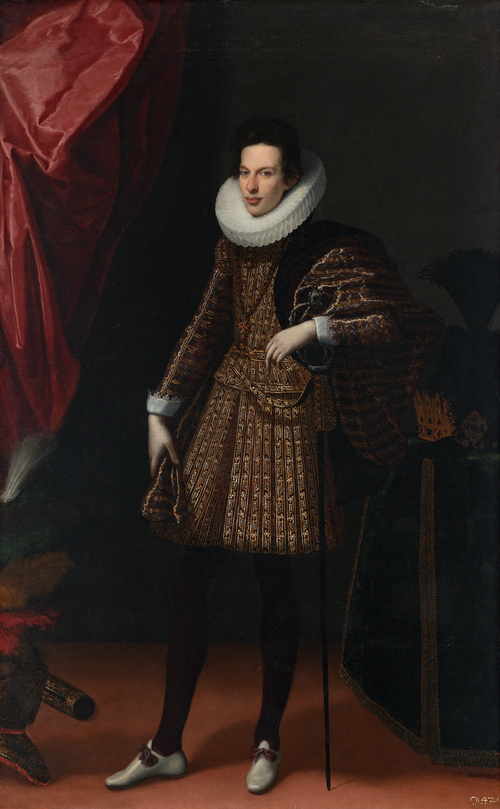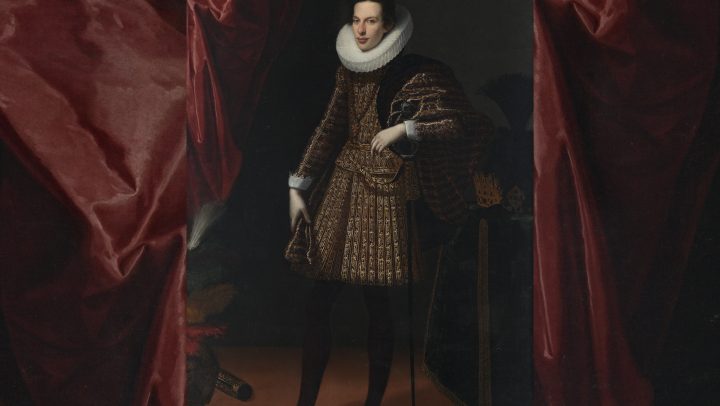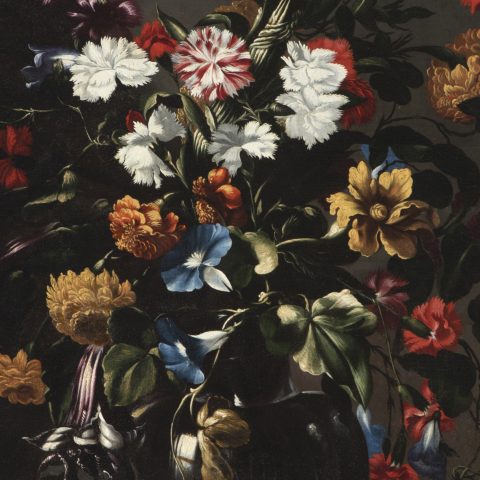The name of the city of Florence directly evokes the cradle of the Renaissance, the cultural splendor under the rule of the Medici family. The names of Donatello, Michelangelo, da Vinci, Boticelli, just to mention a few, are equal to the fame of the city of the Arno. We have settled in the collective imagination the Florence of the quattrocento and cinquecento, but what was it like during the Baroque period?
The Medici family continued to prosper generation after generation until it embraced power beyond the borders of Florence. Around the 14th century, a few petty bourgeois became the bankers of half of Europe and governed an important part of the Italian peninsula. In the middle of the fifteenth century, Cosimo I received from the pope the title of Grand Duke of Tuscany. From then on the dynasty will be equated with the ancient monarchies of Europe.
A good ruler, as Machiavelli would say, must keep in mind the maxim “few see what we are, but all see what we appear to be”. There is no better instrument to demonstrate in politics than propaganda through Art. The appearance of Florence would be very different from what we would find in other European cities still close to the Middle Ages. The facades full of marble in the classical style, the bronze doors of Giberthi or the great dome of Santa Maria dei Fiori would leave foreign visitors speechless. The great achievement of his administration was to invest the profits from banks and manufacturing in the development and wealth of the city. Many artists and scientists found, in Florence and in his lord, the best possible patron.
Cosimo II, grandson of the first duke, took under his protection a number of scholars and artists, including Galileo Galei, who was his childhood teacher. Galileo himself would offer as a token of gratitude to the Duke, the discovery of the satellites of Jupiter naming them Medicean stars. Cosimo’s passion for humanism is reflected in his wide-ranging knowledge and interests, from mathematics to geography, cosmology and classical culture. He was fluent in several languages, apart from Italian: Spanish, German and French, which was key to his diplomatic relations with such important figures as Philip III and Louis XIII.

Like his predecessors, he understood that to demonstrate his position he would have to offer an image worthy of a sovereign, despite being only nineteen years old when he ascended the throne. The vision offered by his portraits are those of a man of arms and healthy appearance, something that was far from reality. He has himself painted wearing decorations, dressed in luxurious armor and the distinctive crown of the Grand Dukes of Tuscany. Portraits such as the one presented at auction by Setdart are an incomparable historical testimony of the role of art in the field of diplomacy and politics. These works were offered as gifts to other like-minded monarchs to strengthen relations and consolidate alliances, as could be the case of the Habsburgs in Austria or Spain.
The main artists he would count on for these commissions would be his protégés at court, Tiberio Titti, Cristofano Allori and Justus Sutermans. The case of the work in tender, as Dr. Vanugli points out, is attributable to the first two because of the similarities with other portraits currently in the Prado Museum or in the Palazzo Pitti, and the features of the sitter could be dated between 1610 and 1615.







